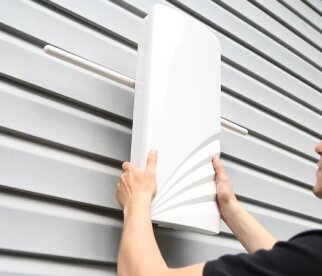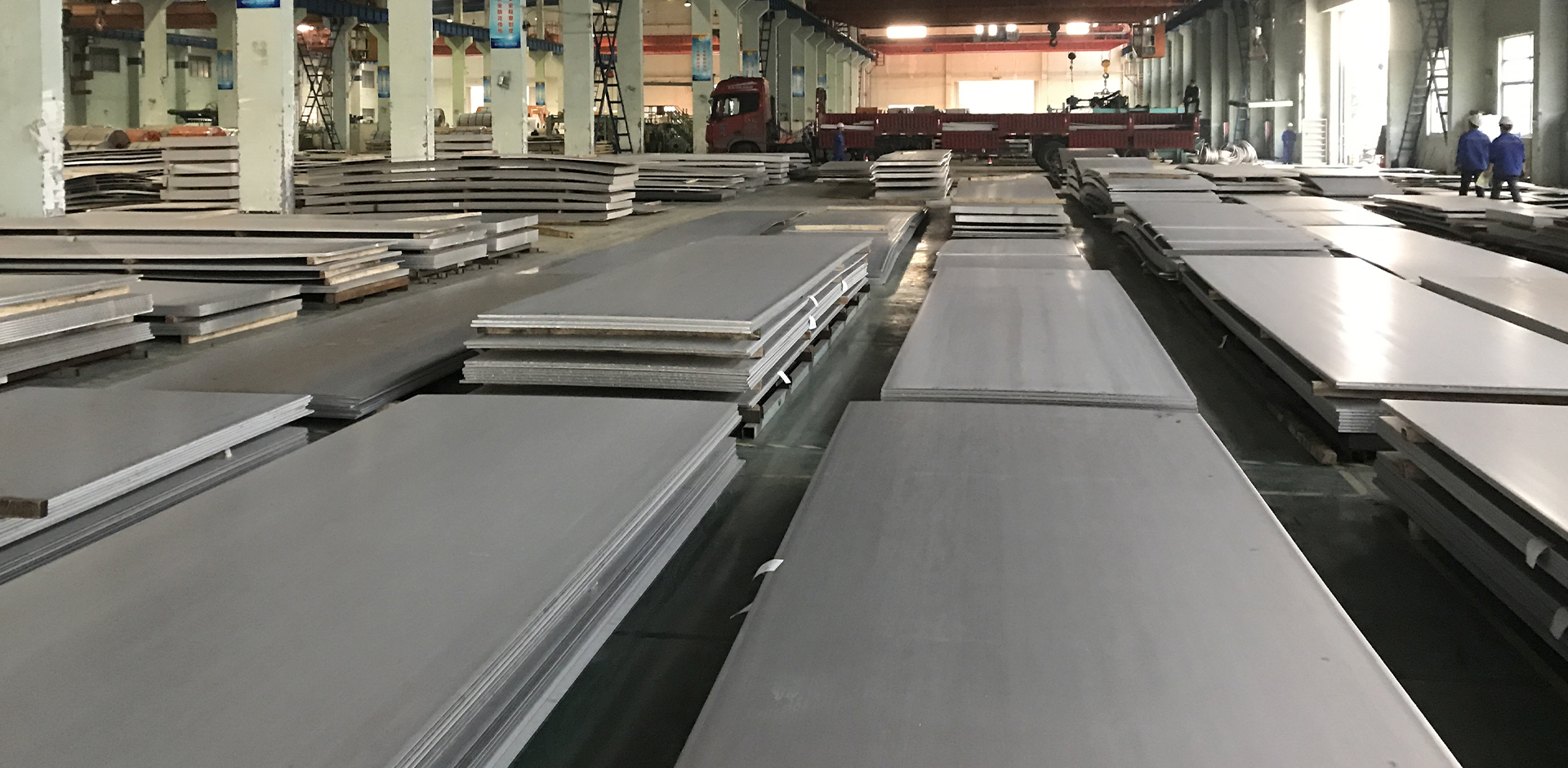In the world of digital television, the HD TV antenna has emerged as a cost-effective and efficient solution for accessing high-definition channels. With the rise of streaming services and the increasing costs of cable subscriptions, many viewers are turning to antennas to receive over-the-air broadcasts. This article will explore the ins and outs of HD TV antennas, helping you understand their benefits, installation, and usage.
What is an HD TV Antenna?
An HD TV antenna is a device that captures over-the-air (OTA) signals from television broadcasters. These signals are transmitted via radio waves, allowing viewers to access various channels without the need for a cable or satellite subscription. HD TV antennas come in various styles, including indoor and outdoor options, and they can receive signals in high definition, providing viewers with clear, crisp images and sound.
Benefits of Using an HD TV Antenna
There are numerous benefits to using an HD TV antenna. First and foremost, antennas provide free access to local channels, which often include popular networks like ABC, CBS, NBC, and FOX. This can save you significant money compared to cable subscriptions. Additionally, many antennas receive signals in high definition, ensuring that viewers enjoy superior picture quality.
Moreover, HD TV antennas are easy to install and require minimal maintenance. They allow for flexibility in viewing, as you can reposition them to improve signal reception. Finally, using an antenna can be environmentally friendly, as it reduces reliance on satellite or cable services.
Types of HD TV Antennas
When selecting an HD TV antenna, you’ll encounter various types, each with its unique features. Indoor antennas are compact and easy to install, making them ideal for apartment dwellers or those in urban areas with strong signals. Outdoor antennas, on the other hand, can capture signals from farther distances, making them suitable for rural areas or regions with weak signals.
Some antennas are directional, meaning they must be pointed toward the broadcast tower, while others are omnidirectional, receiving signals from all directions. Understanding these types can help you choose the right antenna for your needs.
How to Choose the Right HD TV Antenna
Choosing the right HD TV antenna depends on several factors, including your location, the channels you want to receive, and the type of installation you prefer. Start by determining how far you are from broadcast towers; you can use online tools to find this information. Once you know your distance, you can select an antenna with the appropriate range.

Additionally, consider whether you want an indoor or outdoor antenna based on your living situation and signal strength. Reading reviews and checking specifications will help ensure you make an informed decision.
Installing Your HD TV Antenna
Installation of an HD TV antenna is typically straightforward, especially for indoor models. For indoor antennas, simply connect the antenna to your TV and place it near a window for optimal reception. If you opt for an outdoor antenna, installation may require mounting it on a pole or the roof. Ensure that you follow the manufacturer’s instructions carefully, as proper installation is key to receiving strong signals.
Once installed, scan for channels using your TV’s setup menu. This process will help your TV locate and store available channels for easy access later.
How to Optimize Signal Reception
To achieve the best possible signal reception with your HD TV antenna, consider several optimization tips. First, position your antenna near a window or on an upper floor of your home. Avoid placing it near metal objects or electronic devices, as these can interfere with signal quality.
Additionally, you may need to experiment with the antenna’s position to find the optimal angle. Using a signal strength meter or a smartphone app can help you gauge the best position. If you still encounter issues, consider using a signal amplifier to boost reception.
Common Issues with HD TV Antennas
While HD TV antennas are generally reliable, users may encounter common issues. One of the most frequent problems is poor signal reception, which can result in pixelation or loss of channels. This can often be resolved by adjusting the antenna’s position or ensuring it is properly installed.
Another common issue is interference from nearby buildings or foliage, which can obstruct signals. In such cases, an outdoor antenna or a higher mounting position may be necessary to improve reception.
Cost-Effectiveness of HD TV Antennas
One of the standout advantages of HD TV antennas is their cost-effectiveness. With the rising prices of cable subscriptions, many households are seeking ways to save money. An HD TV antenna provides free access to numerous channels, allowing viewers to enjoy their favorite shows without incurring monthly fees.
The initial investment in an HD TV antenna is typically modest, especially when compared to long-term cable costs. Most antennas pay for themselves within a few months, making them an attractive option for budget-conscious consumers.
Comparing HD TV Antennas to Cable and Satellite Services
When considering your options for accessing television channels, comparing HD TV antennas to cable and satellite services is essential. Cable and satellite providers often require lengthy contracts and hefty monthly fees. In contrast, HD TV antennas offer a one-time purchase without ongoing costs, making them a budget-friendly alternative.
Additionally, HD TV antennas provide access to local channels in high definition, ensuring viewers receive quality programming. However, it is important to note that antennas may not provide access to some premium channels, which are typically available through cable or satellite services.

Maintenance and Longevity of HD TV Antennas
HD TV antennas require minimal maintenance, but there are a few key points to consider. For indoor antennas, regular dusting is typically all that is needed. Outdoor antennas, however, may require occasional checks for debris or damage caused by weather conditions.
In terms of longevity, many HD TV antennas are designed to last for years with proper care. The quality of the antenna and its materials will play a significant role in its durability, so it is wise to invest in a reputable brand.
FAQs
Q1: Do I need a cable subscription to use an HD TV antenna?
No, HD TV antennas provide access to over-the-air channels without the need for a cable subscription. This allows you to enjoy local programming for free.
Q2: Can I use an HD TV antenna with a smart TV?
Yes, most smart TVs are compatible with HD TV antennas. Simply connect the antenna to the TV and scan for channels using the TV’s setup menu.
Q3: How many channels can I receive with an HD TV antenna?
The number of channels you can receive depends on your location and the strength of the signal. In some areas, viewers can access dozens of channels, while in others, the number may be more limited.
Q4: Will weather affect my HD TV antenna’s performance?
Severe weather can impact signal strength, particularly for outdoor antennas. However, most antennas are designed to withstand typical weather conditions.




ozp9kf